The ultimate natural hair glossary: 50 terms you need to know
Have you ever scrolled through your timeline, seeing words like “L.O.C” or “type 3c,” and been utterly confused? Maybe you have gone shopping for a new shampoo and wondered what “phthalates” were. Or perhaps, you have watched hair tutorials on YouTube and were completely lost when you heard things like “pre-poo” and “low porosity.” Whether you’re new to the natural hair community or have been natural for several years, there are many terms you may not be familiar with that are referenced often.
We’ve gathered some of the most frequently used terms in the natural hair community and compiled a list of over 50 terms that - once learned - will have you sounding like a natural hair connoisseur.
A
ACV
Acronym used for Apple Cider Vinegar, a mildly acidic solution proven good for lowering the pH of your hair and scalp helping with breakage, frizz, shine, detangling, and weight loss.
Accordion Method
Common method used with wash-n-go styles where you flip your hair over and scrunch product upward towards the root of the hair and release, as if playing the accordion.
Alopecia
A disorder resulting in partial or full hair loss in areas where hair naturally grows around the body; can be brought on by severe stress, many different types to include:
● Alopecia Areata: An autoimmune disease in which the immune system attacks hair follicles; usually causes round patches of hair loss (also called patchy hair loss).
● Alopecia Totalis: An advanced form of alopecia areata where the hair on the scalp is completely lost.
● Alopecia Universalis: An advanced form of alopecia areata where hair is completely lost from the scalp and around the body.
ALS
Acronym for Ammonium Lauryl Sulfate, a common ingredient in shampoos that are used for breaking down oil and dirt; This can strip the hair of its natural oils, taking away moisture (can be extra damaging if your hair is treated with color or other chemicals).
AVG
Acronym used for Aloe Vera Gel, a gel derived from a plant known for its natural properties that help retain moisture in natural hair and prevent dandruff and hair loss.
B
BAA
Acronym for Big A** Afro, or Bad A** Afro.
Balancing Shampoo
A type of shampoo specifically formulated for balancing the natural moisture levels of the hair and scalp (sometimes hair is oily while scalp is dry, or vice versa).
Biotin
An essential vitamin necessary for metabolic health and turning food to energy; Best known for promoting healthy hair, skin, and nail growth.
Breakage
Term usually referring to hair shedding, or the amount of strands that “break off” the ends of the hair.
C
Cetearyl Alcohol
A type of emollient used frequently in cosmetic products to smooth and heal dry skin; This ingredient is a combination of the natural elements cetyl alcohol and stearyl alcohol (collected from coconuts, palm leaves, soy plants, vegetable oil , etc.).
Clarifying Shampoo
A type of shampoo formulated to remove tough oil, grease, and dirt from the scalp; Usually contains many sulfates and, as a result, can be very stripping to the hair's natural moisture level.

Cones
Short for “Silicones;” Plastic-like coating that prevents moisture and humidity from penetrating the hair shaft (can make the hair frizzy).
Co-wash
Short for “Conditioner Wash,” the process of washing the hair with conditioner only in order to retain hairs natural moisture, thus promoting healthier and stronger growth.
Cuticle
Outermost layer of the hair, made of many scales that help strengthen and protect it.
CWC
Acronym for “Condition, Wash, Condition;” Similar to a pre-poo, this method specifically uses conditioner before shampooing to keep the shampoo from drying the hair and stripping the scalp of its natural oils.
D
Deep Condition
Process used frequently by those with natural hair that aims to deeply heal and restore damage, and to bring back needed moisture in the hair.
Density
The number of strands on your scalp; Thinner hair contains less strands of hair per square inch, while thicker hair contains more strands of hair per square inch.
DIY
Acronym for “Do-It-Yourself;” Many things can be DIY with natural hair, since foods and natural ingredients are a major source of essential vitamins and proteins needed for hair health and hair growth.
E
Elasticity
Refers to the hair’s ability to stretch and return to its natural state; Usually measured while the hair is wet.
Emollient
Moisturizing ingredients that form an oily layer on top of the skin to trap in hydration and to help smooth the skin.
Essential Oils
Oils derived from the roots, bark, or leaves of botanicals; They are usually highly concentrated and extremely fragrant.
F

Follicle
A small sac from which the hair grows.
H
Hair Sebum
Natural oils produced by the sebaceous glands (this is the hair’s natural oil that can make hair appear greasy).
Humectant
Ingredients placed in natural hair products to promote moisture in dry or damaged hair.
I
Isopropyl Alcohol
A chemical solution that can be very drying to natural hair (often used in lotions, shave creams, and cosmetics).
K
Keratin
A type of protein that makes up the hair, nails, and outer layer of skin.
Keratin Treatment
A chemical treatment that penetrates deep into the hair follicle and adds keratin to the roots, usually making hair straighter, shinier, and less-frizzy in appearance.
L
Length Check
Common step taken by those attempting to grow out their hair that measures how long the hair is from the scalp to the ends.
Length Retention
Refers to how much new growth is actually retained after growing from root to tip; Methods that focus on the length retention usually aid in damaged ends and excessive breakage.
L.O.C
Acronym for “Liquid, Oil, Cream,” a commonly used method used to moisturize and style the hair; Begin with applying water (or a water-based solution), then apply a sealing oil to lock in moisture from water, and finish off with a creme to seal off cuticle and define curls.
L.C.O
Acronym for “Liquid, Cream, Oil;” Begin with applying water (or a water-based solution), then apply a creme to lock in moisture from water, and finish off with a sealing oil to seal off cuticle and define curls.
M
Manipulation
Refers to how often the hair is styled:
● Low Manipulation: Styles that require minimal styling and maintenance.
● High Manipulation: Styles that require frequent styling and constant maintenance.
Moisturizing Oil
Lighter oils that are able to penetrate the hair shaft and moisturize the strands (ex. coconut oil, olive oil, grapeseed oil).
N
New Growth
Newest natural hair strands that grow from the scalp; these strands are unprocessed and reflect the hair’s natural curl pattern.
No-poo
Refers to method of not washing the hair with shampoo, but rather with conditioner or other natural cleansers.
P
Paraben
Common preservative used in many cosmetic products that can be extremely damaging to the hair and scalp.
Perm
Chemical process that curls naturally straight hair.
Phthalates
Pronounced (tha-lates); Chemical that makes plastic flexible, often used as a solvent in many beauty products; These chemicals can be detrimental to liver, kidney, lung, and reproductive functions.
Pineapple
Gathering all the hair at the top of the head and loosely wrapping a rubber band or scrunchie around it (much like the leaves on top of a pineapple); Usually worn at nighttime as a means of preserving hairstyles.
Porosity
Term referring to the hair’s natural ability to absorb moisture, divided into three levels: low, normal, or high (can be tested by placing a clean strand of hair into a cup of water and watching whether it sinks or floats):
● Low Porosity: Refers to tighter-closed cuticles, making it difficult for moisture to be absorbed and retained (during porosity test, low porosity hair floats).
● Normal Porosity: Refers to cuticles that aren’t closed tight, but not open too wide; Hair with normal porosity easily absorbs moisture, thus, retaining moisture for longer periods of time (during porosity test, normal porosity hair tends to sink toward the middle of the cup of water).
● High Porosity: Refers to cuticles that are opened wide - usually do to gaps and holes in the cuticle - allowing too much moisture to be absorbed, leaving it prone to frizz and tangles (during porosity test, high porosity hair sinks all the way to the bottom).
Pre-Poo
Process where conditioner (or another moisturizing agent) is placed on the hair prior to shampooing to keep the shampoo from stripping the hair of moisture and its naturals oils (common pre-poos are done with ACV, AVG, or oils).
Protective Style
A type of style specifically designed to protect the ends of hair; These types of hairstyles generally hides the ends of the hair away to keep them protected from damaging elements such as the sun, brutally dry weather, or heat styling.
Protein Treatment
Hair treatment that adds protein to hair follicles; Mostly used to strengthen hair, prevent breakage, build up damaged tresses, and better elasticity (good for those with chemically and color-treated hair).
R
Relaxer
Chemical lotion or cream used to straighten curlier hair textures.
Rubber Banding
A common method that wraps multiple rubber bands, usually placed about an inch apart, down the length of the hair as a way to stretch the hair.
S
Sealing Oil
A thicker, heavier oil that creates a barrier, or a “seal,” around the natural hair and prevents moisture from getting out (ex. castor oil, shea butter, jojoba oil).
Scab Hair
An unofficial term that refers to the new hair that grows after stopping chemically processing of the hair; Scab hair usually does not reflect the natural curl pattern of the hair and is believed to be remnants of chemicals still in the hair leaving the scalp.
Shrinkage
Occurs when hair is in its natural state; Refers to the loss of length when hair is in naturally curly versus when it is straightened (usually kinkier hair textures experience more shrinkage).
Slip
A term referring to how slippery a conditioner is; Usually, if a conditioner has a lot of “slip” it will be easier for a brush/ fingers to glide through while detangling.
Sodium Lauryl Sulfate
A common cleaning agent used in many soaps, facial washes, and cleaning products; This is irritating to the skin and can be very hazardous to overall moisture of natural hair.
Split Ends
When the ends of the hair split into two as a result of being dry, brittle, or frayed (can be caused by extreme weather conditions, heat styling, and chemical styling).
Stretching
The process of styling curly hair in a way that minimizes the natural shrinking of the hair (usually done by braiding or rubber-banding).
T
Texlax
The process in which relaxer is placed on the hair, but is purposefully under-processed so as to not straighten the hair, but to loosen the natural curl pattern.
Transitioning
Refers to the period where someone with relaxed hair converts to natural hair (either growing the relaxed ends out naturally or cutting the straight ends off).

Type 2/3/4
Term coined by Andre Walker describing the types of curl patterns, further divided from a-c describing the looseness or tightness of a curl:
● Type 2: Type 2 describes wavy hair (2a usually represents loose waves, while 2c represents tight waves).
● Type 3: Type 3 describes curly hair (3a usually represents loose curls, while 3c represents tight curls).
● Type 4: Type 4 describes kinky hair (4a usually represents loose coils, while 4c represents tight coils).
TWA
Acronym for Teeny Weeny Afro; Refers to small afros.
V
Volume Developer
Chemical mixture that helps lift natural hair color, usually lightening the shade; Differentiated by numbers 10, 20, 30, 40 (can be mixed with color to create a variation of shades):
● 10 Volume Developer: Not meant to lift the hair permanently (mostly used to create a color tone or tint to hair of similar color).
● 20 Volume Developer: Lifts the hair color by one to two shades.
● 30 Volume Developer: Lifts the hair color by two to three shades.
● 40 Volume Developer: Lifts the hair color by four to five shades.
Virgin
Usually used to refer to items that are not chemically processed.
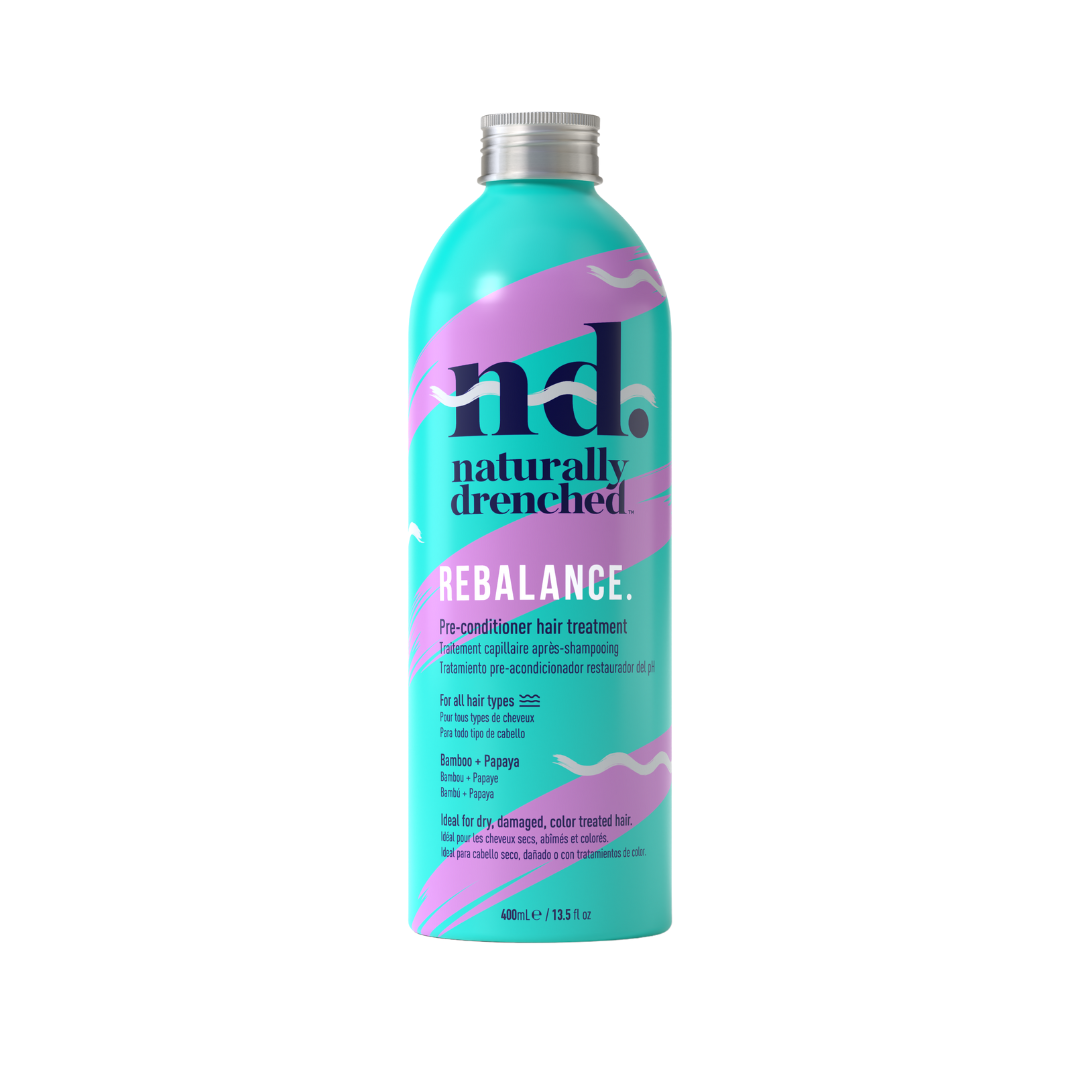
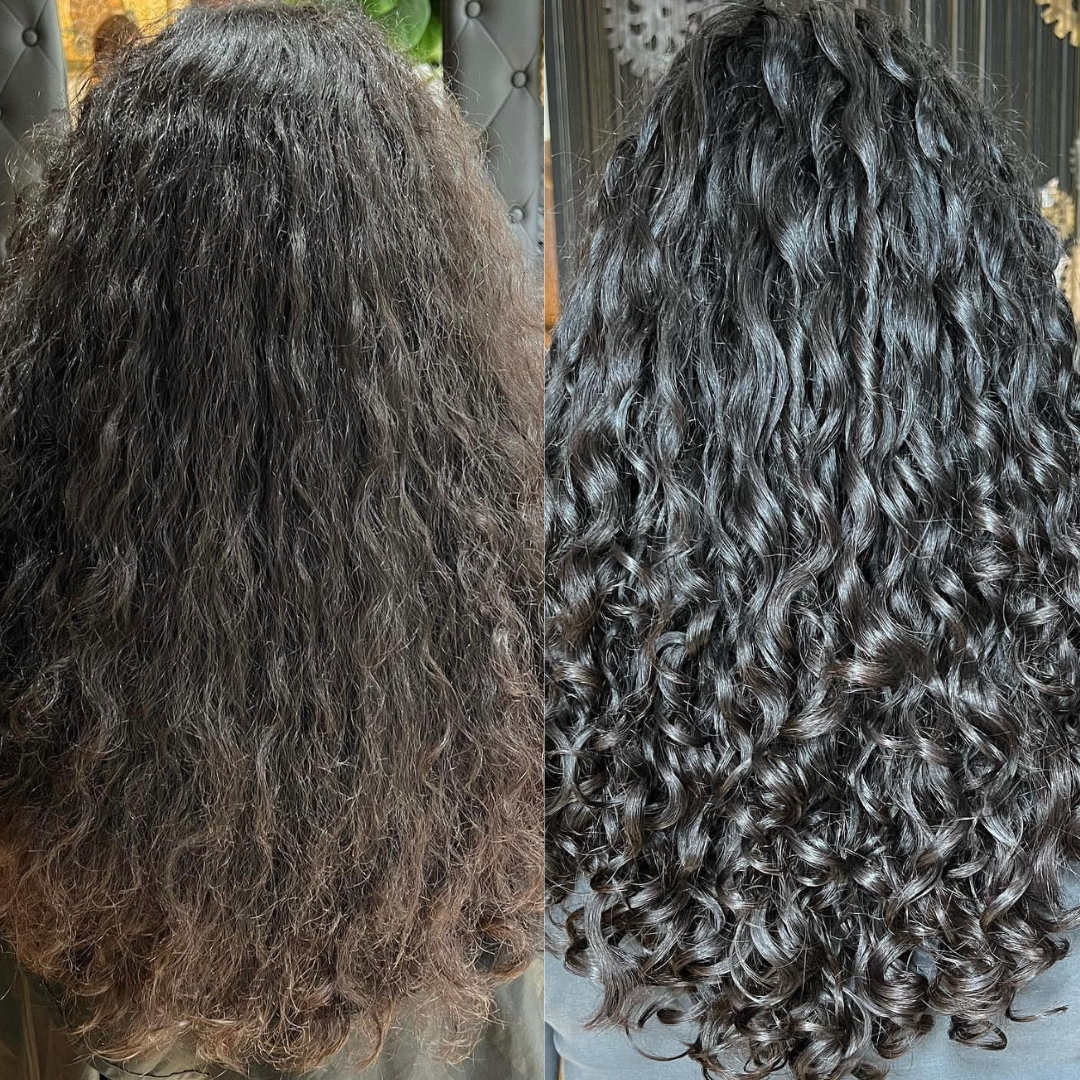
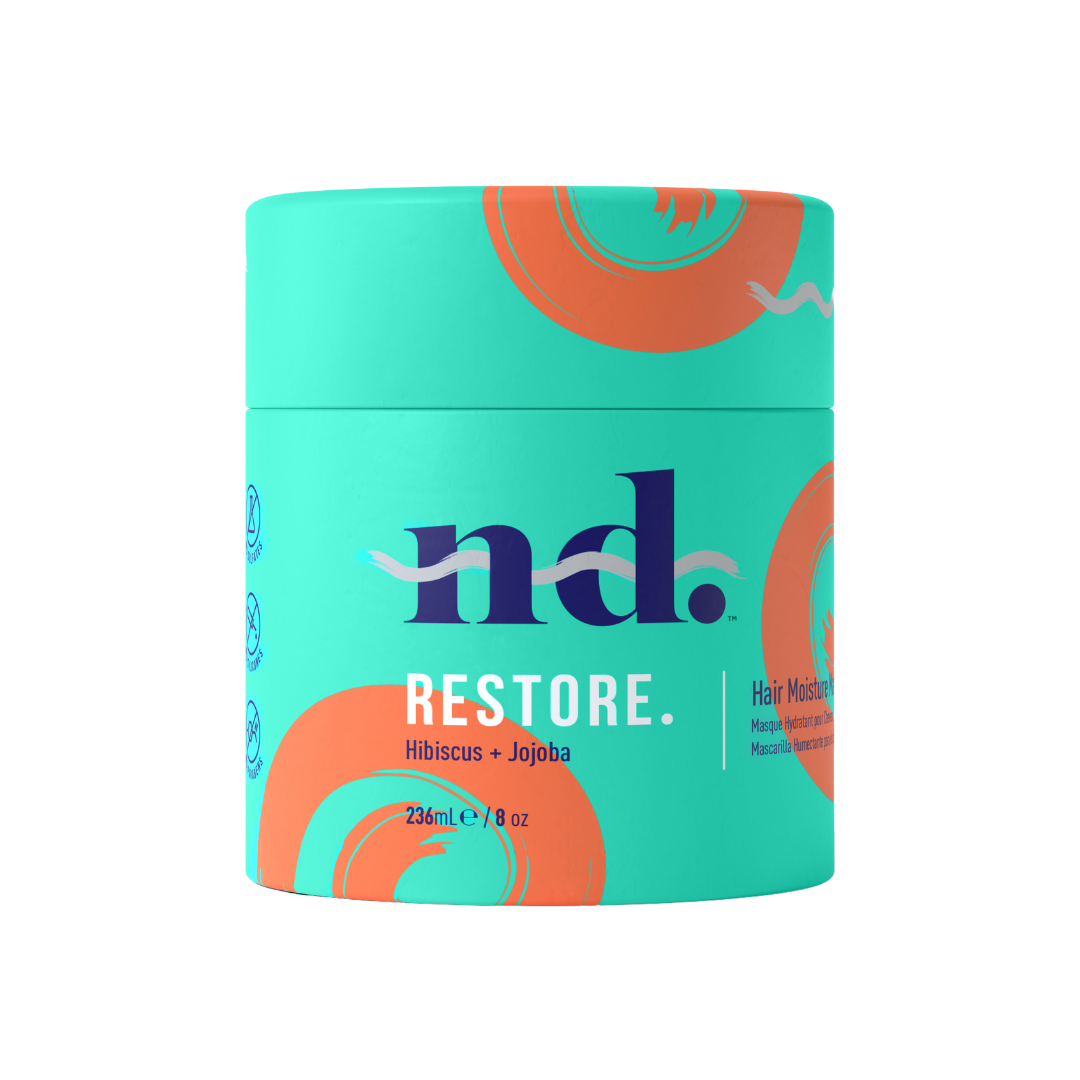
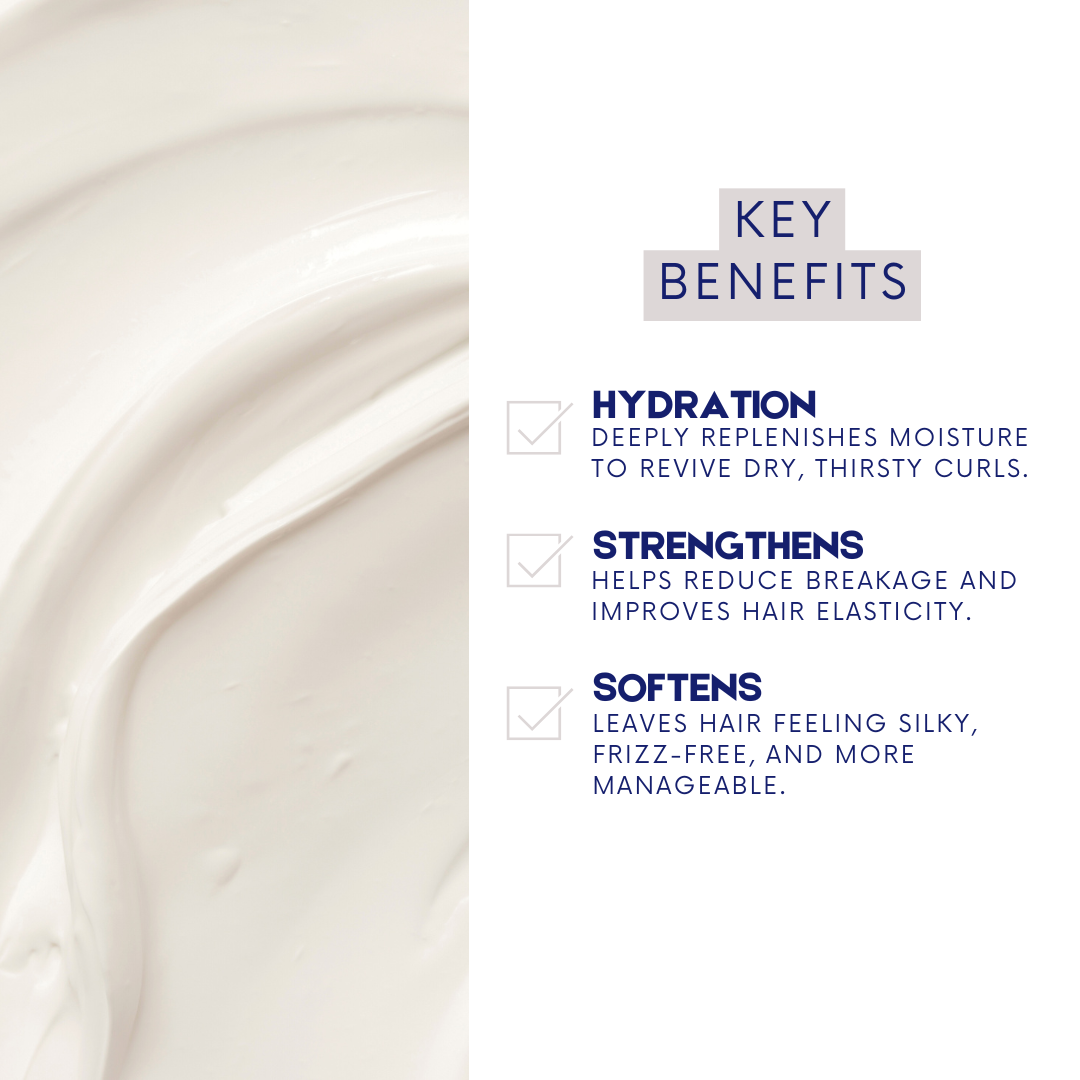
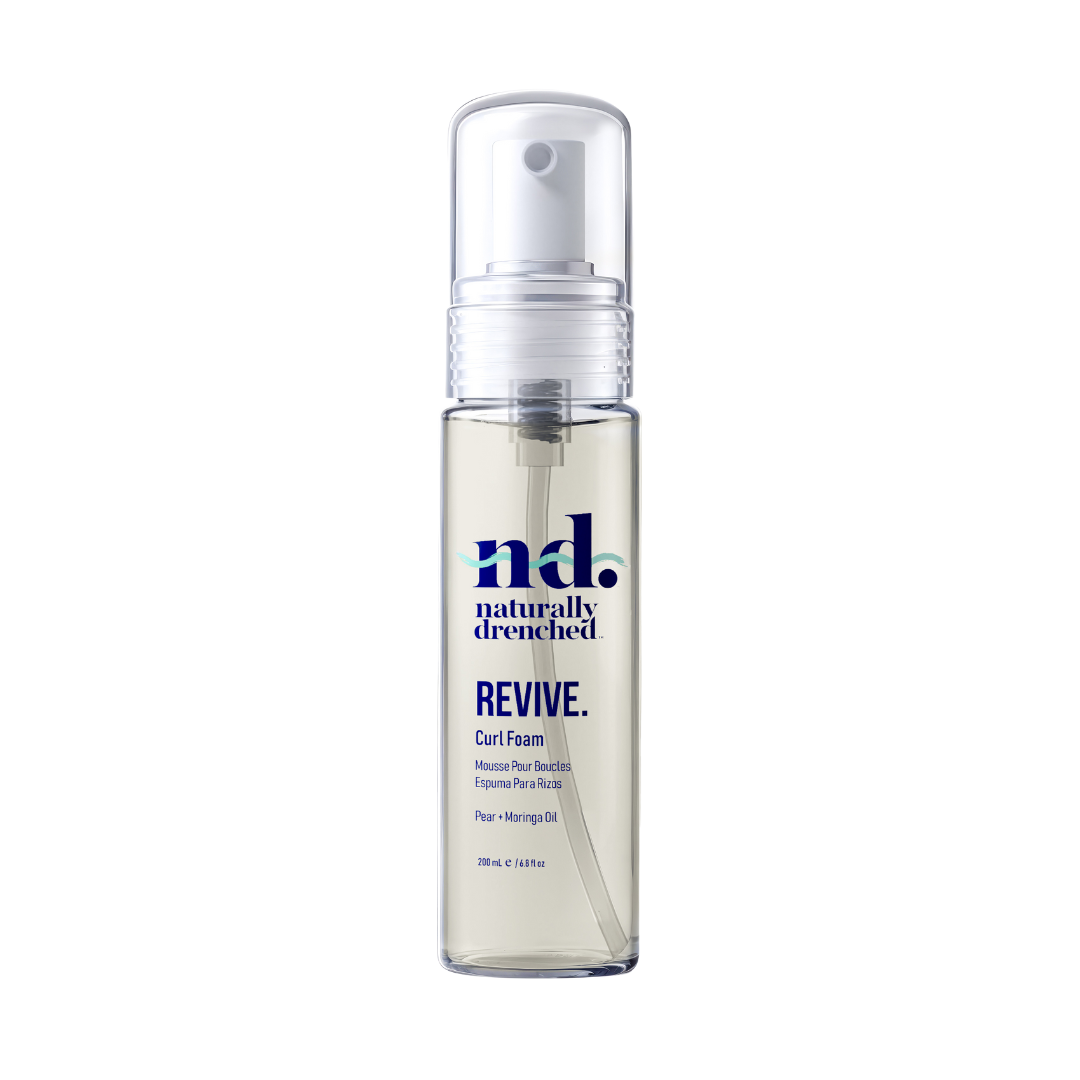
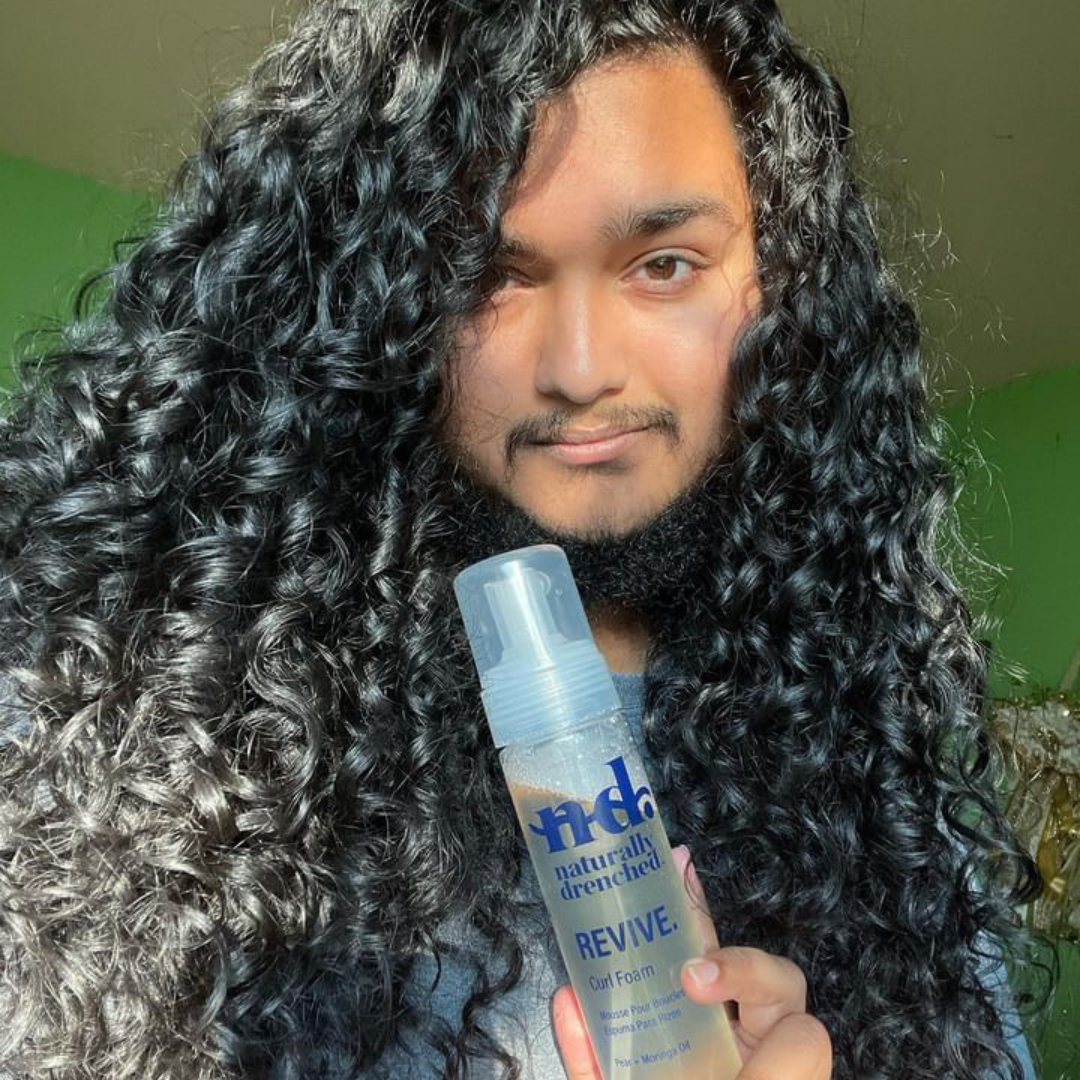



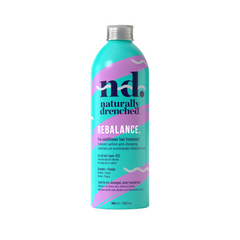
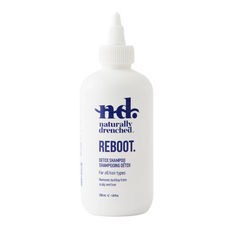
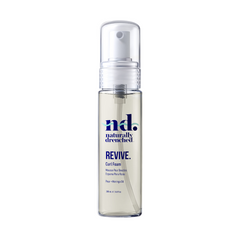
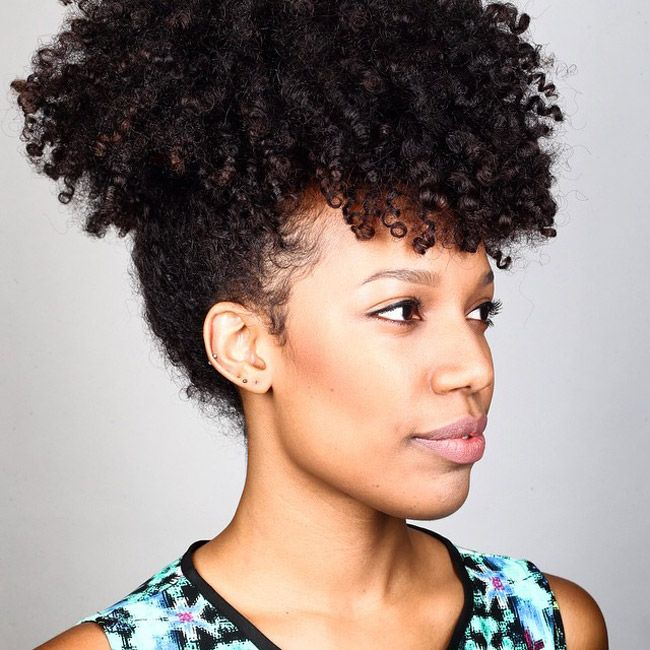
Deje un comentario